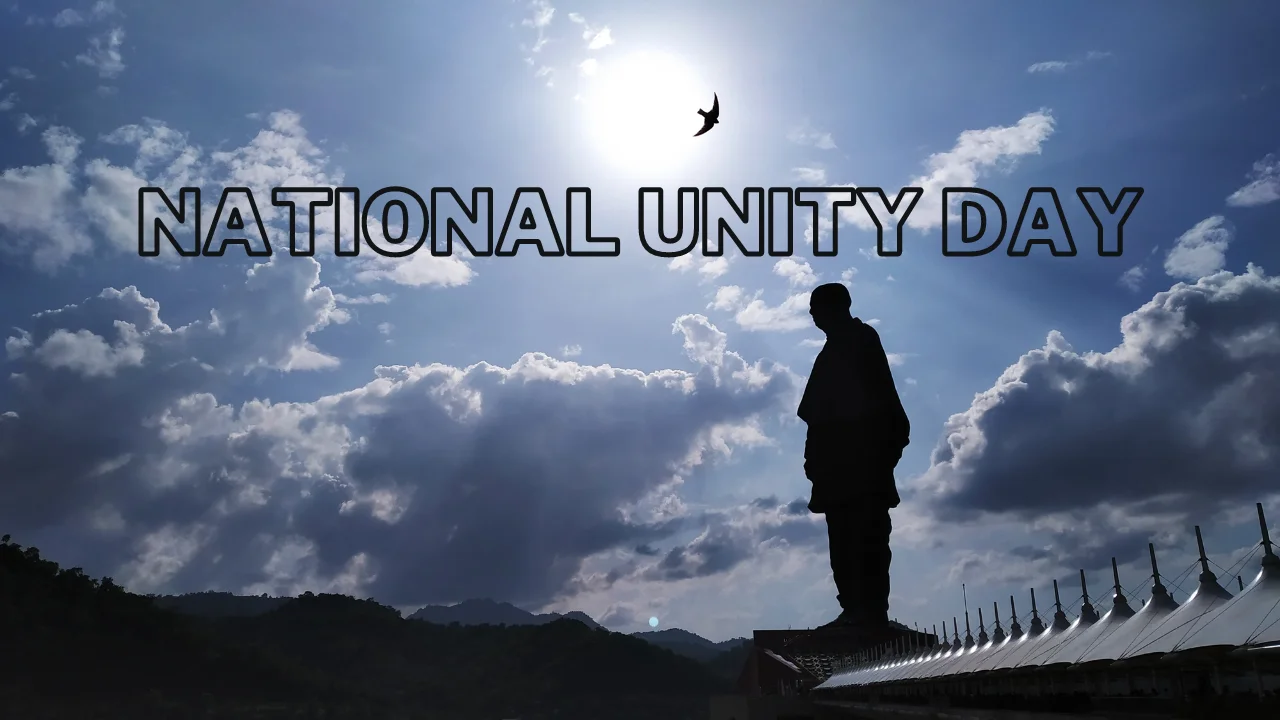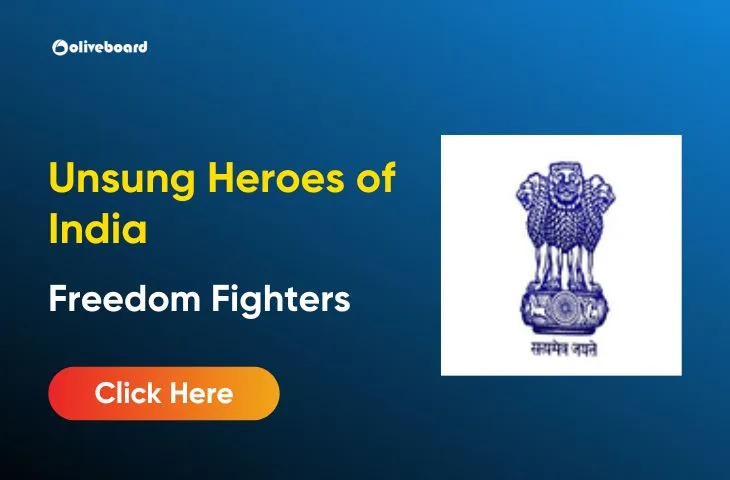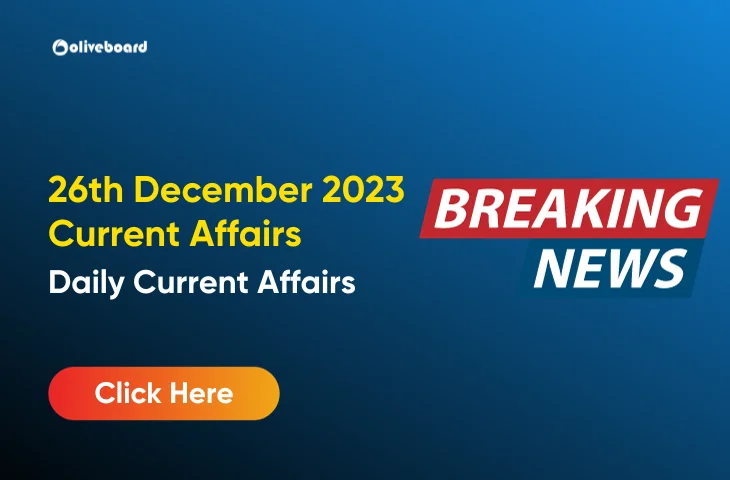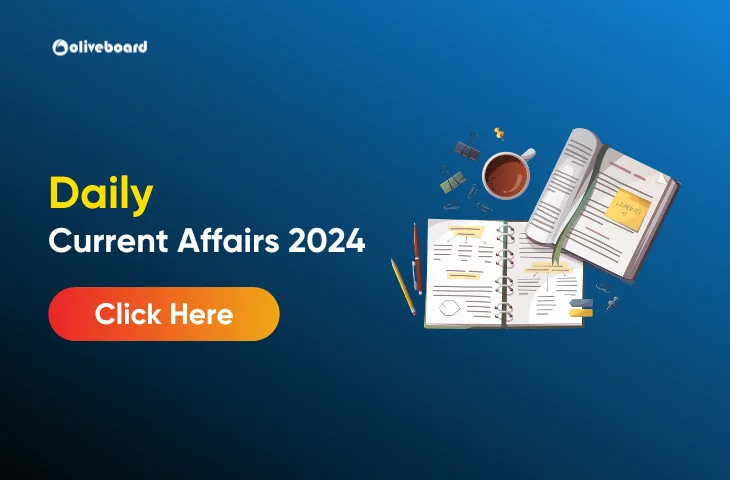National Unity Day 2024
The National Unity Day or Rashtriya Ekta Diwas is celebrated in India on October 31st to mark the birth anniversary of Sardar Vallabhbhai Patel, the “Iron Man of India”.
National Unity Day Theme 2024
As of today, the theme for the National Unity Day 2024 has not been announced yet.
History of National Unity Day
National Unity Day is celebrated in India on October 31st to mark the birth anniversary of Sardar Vallabhbhai Patel, the “Iron Man of India”. Patel played a pivotal role in the unification of India after its independence in 1947. He integrated over 560 princely states into the Indian Union and is credited with forging a united nation.
National Unity Day was introduced by the Government of India in 2014 to promote national unity and integrity. The day is also celebrated as Rashtriya Sankalp Diwas or National Pledge Day.
Significance of National Unity Day
National Unity Day is a significant day for India as it celebrates the unity and integrity of the nation. It is also a day to remember the contributions of Sardar Vallabhbhai Patel to the unification of India.
Celebrations of Rashtriya Ekta Divas 2024
On National Unity Day, people across India take a pledge to uphold the unity and integrity of the nation. They also participate in various events and activities to promote national unity and harmony.
Some of the common activities held on National Unity Day include:
- Run for Unity: A nationwide marathon is held to promote national unity and awareness of Sardar Vallabhbhai Patel’s contributions.
- Pledge-taking ceremony: A pledge is taken by people across India to uphold the unity and integrity of the nation.
- Cultural events: Various cultural events are held to promote national unity and harmony.
- Educational programs: Educational programs are held to raise awareness about the importance of national unity and Sardar Vallabhbhai Patel’s contributions.
National Unity Day is an important occasion to celebrate the unity and integrity of India. It is also a day to remember the contributions of Sardar Vallabhbhai Patel to the unification of the country.
About Sardar Vallabhbhai Patel
Sardar Vallabhbhai Patel was an Indian independence activist and statesman who served as the first Deputy Prime Minister and Home Minister of India from 1947 to 1950. He was a senior leader of the Indian National Congress, who played a significant role in the country’s struggle for independence and its political integration. In India and elsewhere, he was often called Sardar, meaning “Chief” in Hindi, Urdu, Bengali and Persian.
Early life
Patel was born in Nadiad, Kheda district, and raised in the countryside of the state of Gujarat. He was a successful lawyer. One of Mahatma Gandhi’s earliest political lieutenants, he organized peasants from Kheda, Borsad, and Bardoli in Gujarat in non-violent civil disobedience against the British Raj, becoming one of the most influential leaders in Gujarat. He was appointed as the 49th President of the Indian National Congress, organizing the party for elections in 1934 and 1937 while promoting the Quit India Movement.
Political career
Patel was a strong advocate of Hindu-Muslim unity and played a key role in preventing the partition of India. He also played a major role in the integration of the princely states into the Indian Union. He is credited with the merger of over 560 princely states into the Indian Union, which was a major achievement in the unification of India.
Death
Patel died on December 15, 1950, at the age of 75. His death was a major setback for India, but his legacy continues to inspire generations to come.
Achievements
Patel is widely regarded as one of the most important figures in Indian history. He is credited with the following achievements:
- Unification of India: Patel played a pivotal role in the unification of India after its independence in 1947. He integrated over 560 princely states into the Indian Union, which was a major achievement in the unification of India.
- Prevention of partition of India: Patel was a strong advocate of Hindu-Muslim unity and played a key role in preventing the partition of India.
- Leadership of the Indian National Congress: Patel served as the 49th President of the Indian National Congress from 1937 to 1939.
- Contributions to Indian law: Patel was a lawyer by profession and made significant contributions to Indian law. He was also the architect of the Indian Constitution.
- Contributions to Indian agriculture: Patel was a strong advocate of Indian agriculture and played a key role in the development of Indian agriculture.
Patel is a true national hero who played a pivotal role in the making of India. His legacy continues to inspire generations to come.
About the Statue of Unity
The Statue of Unity (SOU) is the world’s tallest statue, with a height of 182 meters (597 feet). It is located on Sadhu Bet, an island in the Narmada River, near Kevadiya in Gujarat. The statue depicts Sardar Vallabhbhai Patel, one of the founding fathers of India.
The Statue of Unity was inaugurated by Prime Minister Shri Narendra Modi on October 31, 2018, on the occasion of Patel’s 143rd birth anniversary.
The Statue of Unity is a major tourist attraction and has been visited by millions of people since its inauguration. It is a symbol of India’s unity and strength.
Sculptor Behind the Statue of Unity
The sculptor behind the Statue of Unity is Ram Vanji Sutar, one of India’s most renowned sculptors. He studied at the Sir J.J. School of Art in Mumbai and graduated in 1957. He has received numerous awards for his work, including the Padma Shri in 1999 and the Padma Bhushan in 2016. He is a Fellow of the Lalit Kala Akademi, India’s national academy of fine arts.
Key features of the Statue of Unity
- It is the world’s tallest statue, with a height of 182 meters (597 feet). It is twice as tall as the Statue of Liberty in New York City, and four times as tall as the Statue of Christ the Redeemer in Rio de Janeiro.
- It is located on Sadhu Bet, an island in the Narmada River, near Kevadiya Gujarat.
- It is constructed from a combination of concrete, steel, and bronze.
- It took over four years to build the statue, and it cost over ₹2,900 crore ($420 million).
- It is supported by a 210-meter (689 feet) tall base, which also houses a museum and a viewing gallery.
Interesting Facts about the Statue of Unity
- The statue is so tall that it can be seen from 20 kilometers away.
- The statue is designed to withstand earthquakes of up to magnitude 7.5 on the Richter scale.
- The statue is equipped with a high-speed elevator that can take visitors to the top in just 30 seconds.
- The viewing gallery at the top of the statue offers panoramic views of the surrounding area.
- The statue has become a popular spot for weddings and other special occasions.
The Statue of Unity is a truly remarkable feat of engineering and a symbol of India’s progress and development.
Rashtriya Ekta Diwas Theme 2024
As of today, the theme for the Rashtriya Ekta Diwas 2024 has not been announced yet.
31st October 2024 Special Day
On the 31st of October 2024, India observes National Unity Day, also known as Rashtriya Ekta Diwas, to commemorate the birth anniversary of Sardar Vallabhbhai Patel, hailed as the “Iron Man of India.” This special day pays tribute to Patel’s pivotal role in unifying the nation and fostering a sense of solidarity. It serves as a reminder of the importance of unity and integrity in the diverse tapestry of India, celebrating Patel’s enduring legacy.
- Weekly Current Affairs 2025 PDF For Bank, SSC, UPSC Exams
- Unsung Heroes of India: 10 Unknown Freedom Fighters You Should Know
- 26 December Current Affairs 2023 in English
- Daily Current Affairs 2025, Check Today’s Current Affairs
- April Month Current Affairs 2024, Download PDF
- June Month Current Affairs 2024, Download PDF

Hello, I’m Aditi, the creative mind behind the words at Oliveboard. As a content writer specializing in state-level exams, my mission is to unravel the complexities of exam information, ensuring aspiring candidates find clarity and confidence. Having walked the path of an aspirant myself, I bring a unique perspective to my work, crafting accessible content on Exam Notifications, Admit Cards, and Results.
At Oliveboard, I play a crucial role in empowering candidates throughout their exam journey. My dedication lies in making the seemingly daunting process not only understandable but also rewarding. Join me as I break down barriers in exam preparation, providing timely insights and valuable resources. Let’s navigate the path to success together, one well-informed step at a time.






